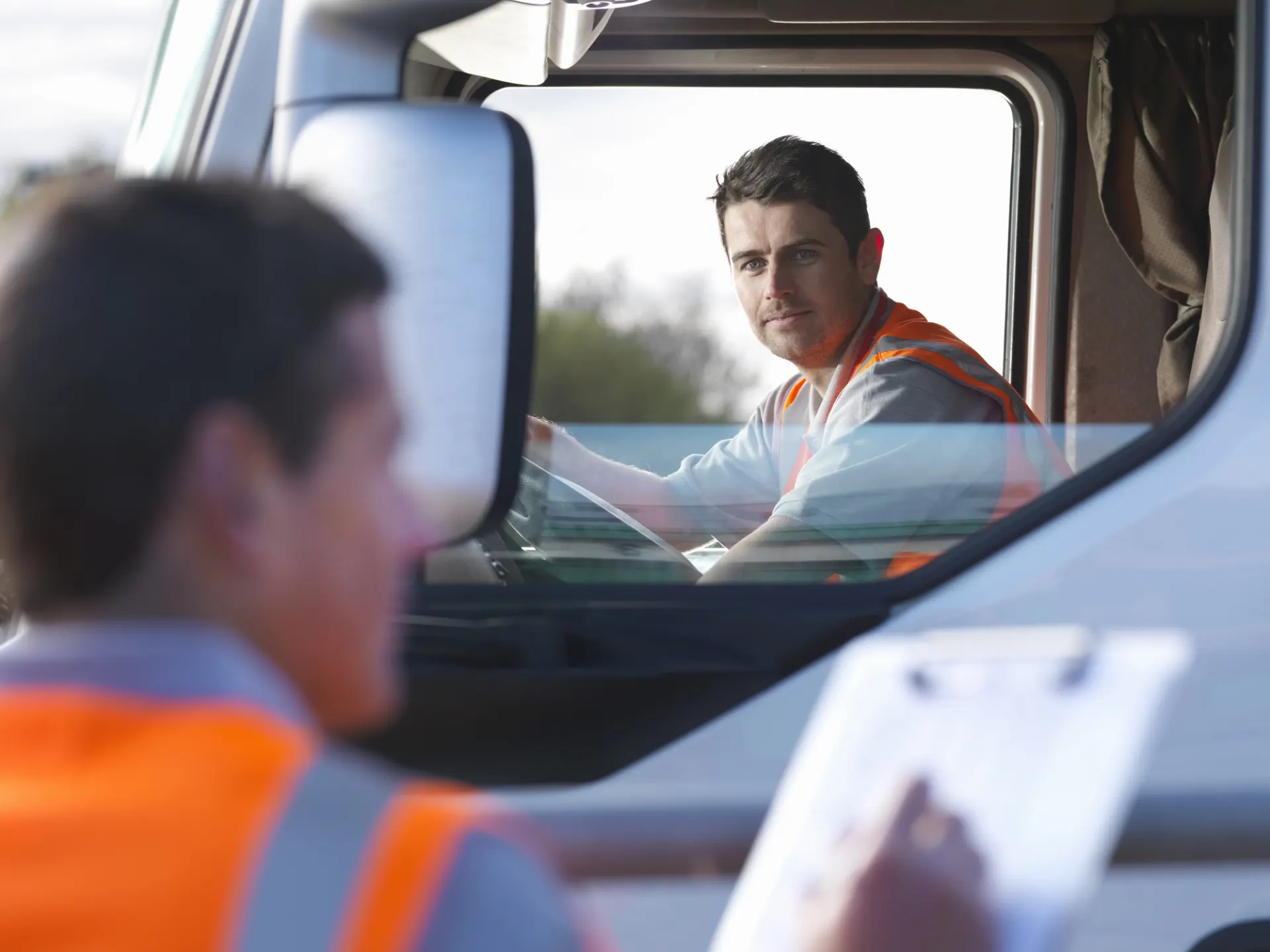Discover the ideal charging ecosystem for your operation
Whether you’re on the road to replacing small or large sections of your fleet with electric cars or e-LCVs, it can feel like chicken and egg when you’re looking at vehicle choices versus when and where they might be able to recharge.
Choosing petrol and diesel vehicles can be easy for fleet and operations managers. However, with range, battery capacity and a whole host of considerations around charging to factor in when considering your electric options, it often requires a team effort to establish suitable solutions for your business.
We recognise there is no one-size-fits-all infrastructure for fleets or even for your specific operation, which may need mini-ecosystems within your chosen network. So, we felt it might be useful to give you a snapshot of the types of charging that might be ideal for different elements of your fleet.
This guide has been developed in response to:
our recent survey of fleet managers and drivers
the British Vehicle Rental & Leasing Association (BVRLA) Charging Guide, which highlights several types of EV fleet use cases as a result of their extensive interviews with their members and customers
the Transport Secretary’s Taking Charge: the electric vehicle charging infrastructure strategy.
Understanding the concerns of fleet managers and drivers
Our fleet survey, conducted in February 2022, found that a lack of infrastructure to support EVs was a concern for fifty-seven per cent of fleet managers, with a lack of driver confidence being a perceived challenge for thirty-four per cent of the managers we spoke to. Exactly half of the two hundred and fifty-strong sample had already introduced EVs into their fleet. Twenty-four per cent of the five hundred drivers we interviewed were operating fully electric or plug-in hybrid cars.
When asked, drivers had numerous concerns around charging their existing or future electric vehicles. For example, that looking for chargers might slow them down or they would be unable to charge at home. Twenty-six per cent were worried that running an electric car or van might prevent them from doing their job properly. Our guide to charging an electric company car (or van) is designed to ease some of your drivers’ concerns around charging.












